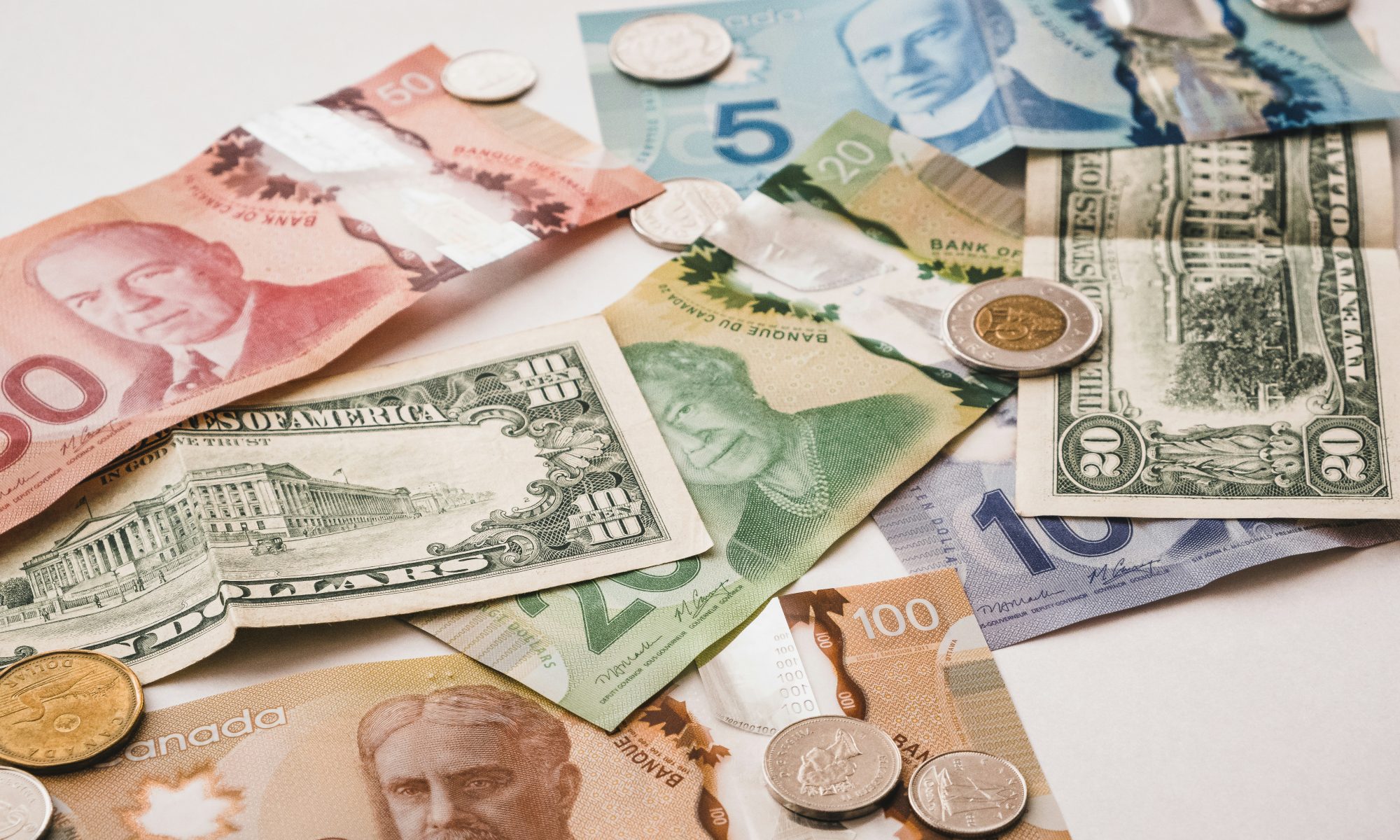For many people, debt feels like a never-ending burden. Whether it’s credit card debt, student loans, or a mortgage, it can seem impossible to break free. The constant stress of bills and repayments can make you wonder if you’ll ever be able to live debt-free. The good news is that it’s entirely possible—though it requires a solid plan, dedication, and often a change in mindset. Financial expert Dave Ramsey’s debt-free philosophy has helped millions achieve financial freedom, and his approach can work for you, too. Here are three practical steps to take toward living a debt-free life, along with a few extra tools and options to consider.
Create a Budget and Stick to It
The first step to tackling your debt is creating a budget that allows you to manage your money instead of letting it control you. Dave Ramsey’s zero-based budget is a highly effective tool for this. In this method, you account for every dollar of your income, ensuring that each dollar is assigned a purpose, whether it’s for bills, groceries, debt payments, or savings.
A budget helps you clearly see where your money is going and prevents unnecessary spending. To avoid getting derailed by irregular expenses, like car repairs or health type expenses, plan for them in advance. You may also find it helpful to use a debt reduction calculator to estimate how long it will take to become debt-free, based on your current debt balances and repayment plan. This tool provides a visual representation of your progress and can be a great motivator as you chip away at your debt.
Use the Debt Snowball Method
Ramsey’s Debt Snowball Method is a powerful strategy for paying off your debts, focusing on gaining momentum rather than interest rates. This method involves listing your debts from smallest to largest and paying them off in that order, regardless of interest rates.
Here’s how it works:
- List all your debts from smallest to largest.
- Make minimum payments on all debts except the smallest.
- Put any extra money toward paying off the smallest debt as quickly as possible.
- Once the smallest debt is paid off, move to the next smallest and continue the process.
The key here is to build momentum with quick wins, as paying off smaller debts first can give you a psychological boost. As you eliminate each debt, the money you were putting toward the smallest balance gets rolled into paying off the next largest, creating a “snowball effect.” Over time, your larger debts will shrink, and you’ll see significant progress.
Build an Emergency Fund
While paying off debt is crucial, building an emergency fund should also be a top priority. Ramsey recommends having at least $1,000 (USD – more in CAD) in an emergency fund before you begin aggressively paying off debt. This small fund helps you avoid taking on new debt for unexpected expenses like car repairs or other emergencies. Once your debt is gone, you should aim to increase your emergency fund to cover 3 to 6 months of living expenses.
An emergency fund is essential to staying debt-free once you achieve it. It provides a safety net, preventing you from relying on credit cards or loans when life throws a financial curve ball.
Additional Tools and Options
While the steps above are highly effective, some people might find that their debt is so overwhelming that they need additional tools or strategies. Here are two options to consider:
Debt Reduction Calculators: Although mentioned above, these calculators can be incredibly helpful for visualizing your path to debt freedom. They allow you to input your debt balances, interest rates, and monthly payments, then calculate how long it will take to pay off your debts. It also shows how much interest you’ll save by paying off debts faster. By experimenting with different payment amounts, you can find a plan that works best for your situation. The one linked here gives a few different options for paying off and visualizing that path by allowing you to choose a strategy.
Consumer Proposals: If you’re drowning in debt and feel like you can’t make meaningful progress with repayment, a Consumer Proposal could be a viable option. This is a legal process in Canada that allows you to negotiate a reduced repayment plan with your creditors, without filing for bankruptcy. A licensed insolvency trustee will work with you to create a manageable plan, often reducing your total debt amount. It can give you a fresh start while protecting your assets, but it should be considered carefully, as it can impact your credit rating. Creating a budget, then booking your first visit with a licensed trustee (usually at no cost), could answer many questions you may have.
Final Thoughts
Becoming debt-free isn’t easy, but it’s entirely possible with the right approach. By creating a budget, using the Debt Snowball Method, and building an emergency fund, you can take control of your finances and steadily move toward financial freedom. Using a debt reduction calculator will give you a clear picture of how long it will take to get there, and considering options like a Consumer Proposal can provide relief if you’re feeling overwhelmed.
The journey may be challenging, but the freedom and peace of mind that come with living debt-free are well worth the effort. As Dave Ramsey says, “If you live like no one else now, later you can live like no one else.”


